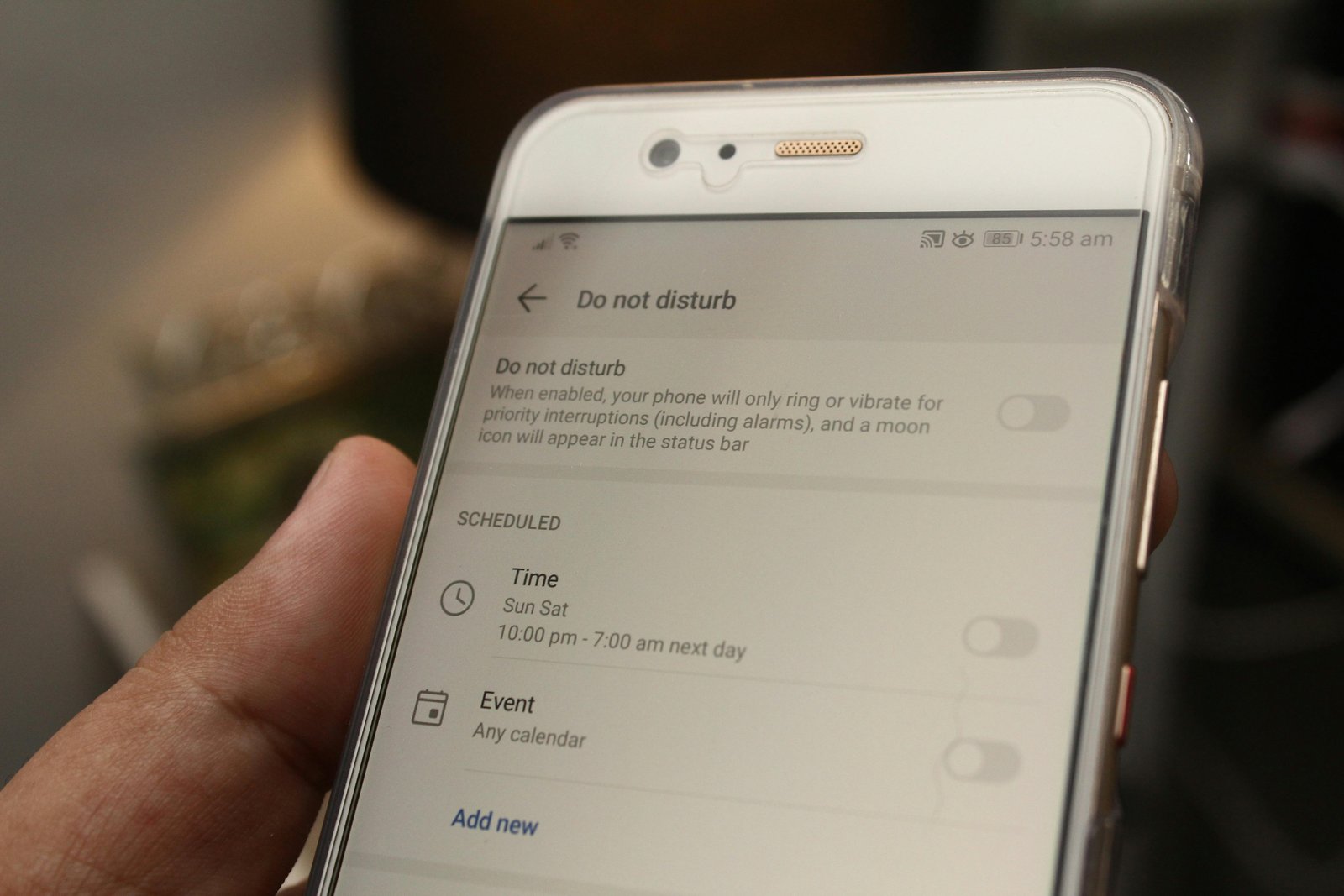How Digital Well-Being Tools Are Shaping Healthier User Interactions

Maintaining a positive relationship with technology has become crucial in this era where digitalization is at the forefront. Research highlights the scale of the challenge. Researchers reviewed 12 studies of 237 adolescents aged 10–19 who were diagnosed with internet addiction. As per Psychiatrist.com, they found altered activity in at least four major brain networks. The neurological changes were tied to compulsive behaviours, cravings for online activity, and emotional development. Many teens report spending 24+ hours online weekly. Meanwhile, large surveys reveal that over half describe themselves as “addicted” to the internet. These findings highlight that technology overuse is deeply connected to impulse control, emotional health, and relationship dynamics. Tackling such complex issues requires solutions that extend beyond discipline and address the broader context of human well-being. Digital well-being tools have emerged as powerful resources that help users manage their interactions with devices more mindfully. These tools enable individuals to track screen time, manage notifications, and set usage limits. In this article, we will examine how digital well-being tools are influencing user behaviour. We will also discuss how these tools promote healthier interactions and ultimately enhance overall quality of life in a technology-driven environment. Digital well-being focuses on tools and strategies that promote mindful use of technology. But what do these tools actually entail? Basically, the tools come in various forms. Some are integrated into operating systems, while others exist as standalone apps or wearable devices. This diversity allows users to choose solutions that best fit their lifestyles and needs. For instance, Apple’s Screen Time feature offers detailed insights into app usage. It enables users to set daily limits and make informed decisions about their screen time. Similarly, Google’s Digital Wellbeing Dashboard temporarily silences distracting apps. These features help users cultivate healthier habits by encouraging them to engage with technology more mindfully. The impact of these tools is reflected in market growth. The market for digital fitness and well-being is expected to grow to $65.73 billion by 2025. With a projected 6.14% annual growth rate (CAGR 2025-2029), this market may reach $83.43 billion in volume by 2029. Moreover, as Statista notes, user penetration is anticipated to rise from 16.22% in 2025 to 18.64% by 2029. Emotional resilience, the ability to cope with stress and setbacks, has become increasingly challenging due to the rise in digital noise. The pressures of social media, online criticism, and constant exposure to global events can significantly undermine emotional stability. Digital well-being tools play a vital role in rebuilding this resilience by encouraging intentional and mindful use of technology. For example, gratitude journaling apps and digital mindfulness programs invite users to reflect on their positive experiences. They help counter the negativity that often permeates online interactions. The demand for these tools is steadily rising. The journal app market was valued at USD 4.5 billion in 2024. By 2033, the market is expected to reach $12.1 billion, according to Market Research Intelligence. This is with a compound annual growth rate (CAGR) of 14.8% during this period. The growth is driven by an increasing emphasis on productivity and mental health. People are seeking convenient ways to reflect, plan, and track their progress in an increasingly digital world. Similarly, meditation apps enhance emotional awareness, helping individuals manage difficult emotions with calmness rather than reactivity. Beyond mindfulness, digital well-being platforms empower users to take control of their online exposure. Content filters help reduce encounters with harmful or triggering content, thereby creating safer digital spaces. Digital addiction has emerged as one of our society's most important issues. Streaming services, gaming apps, and social media sites are built with features like auto-play and unlimited scroll. These features keep users engaged for extended periods. Consider video games as an example. TruLaw states that gaming companies frequently utilize advanced psychological strategies that take advantage of the developing reward systems in young people's brains. The dopamine release elicited by these gaming features can be quite powerful. It can impair the prefrontal cortex, the area responsible for rational decision-making. These challenges have led to lawsuits targeting major video game companies. The companies are accused of designing games with addictive features that exploit psychological vulnerabilities. Digital well-being tools are critical in addressing these concerns. Features such as app usage limits, lock-out timers, and focus modes can interrupt addictive patterns. They remind users of their time spent on devices and encourage necessary breaks. Additionally, these tools help mitigate the fear of missing out (FOMO). As we all know, notifications often create a sense of urgency, prompting us to constantly check for updates. There are tools that allow for batch delivery of notifications or scheduled silences. This empowers users to control the flow of information. At the core of digital well-being lies the concept of screen time management. While technology is an integral part of our daily lives, uncontrolled usage can lead to significant overconsumption. Research highlights the risks clearly. Excessive screen time in children and young adults is linked to increased health risks. As per Newsroom, these risks include cardiometabolic disorders such as insulin resistance, excessive blood pressure, and unhealthy cholesterol levels. A study analysing data from over 1,000 participants found that each additional hour of daily screen time raises an individual’s cardiometabolic risk. This is particularly true for adolescents, who often exceed six hours of screen time per day. But there are ways to tackle this. Managing screen time doesn’t mean cutting out devices completely. It’s about setting limits that create balance, so you can enjoy the benefits of technology while keeping a healthier relationship with it. To support this balance, many apps now feature “wind down” tools. These tools remind users to take breaks or encourage device-free hours at night. Additionally, if you are a parent concerned about your child’s screen time, you are in luck. Google’s Family Link enables parents to set app restrictions, monitor their children's activity, and establish digital boundaries. FDA-approved sleep trackers are medical-grade devices designed for clinical use, not just consumer wellness. Examples include the Sleep Rx mattress sensor for sleep apnea, Dreem 3S for EEG monitoring, and the Samsung Health Monitor app for apnea detection. Other examples are NightWare for nightmares and SleepioRx to combat chronic insomnia. Wearable technology in digital health includes devices that monitor activity, sleep, heart rate, blood glucose, or other vital signs. These tools provide real-time data to users and healthcare professionals. They enable better patient monitoring, early detection of issues, and more personalized approaches to health management and treatment. Yes, several apps help you avoid prolonged sitting. Wakeout! offers fun activity breaks, while Stand Up! and WorkRave provide reminders for posture and exercise. General apps like Google Keep or Microsoft To Do can also be customized to set alerts for movement throughout your day. The role of digital well-being tools is crucial in fostering healthier user interactions. By providing real-time data and insights, these tools empower users to monitor their technology usage and make informed decisions about their digital habits. This not only enhances personal awareness but also supports better mental health management. Understanding Digital Well-Being Tools
Improving Emotional Resilience
Reducing Over-Reliance
The Impact of Screen Time Management
FAQs
What is the FDA-approved sleep tracker?
What is wearable technology in digital health?
Is there an app to remind me to get up and move?





